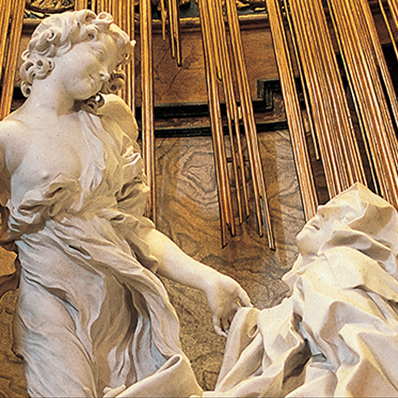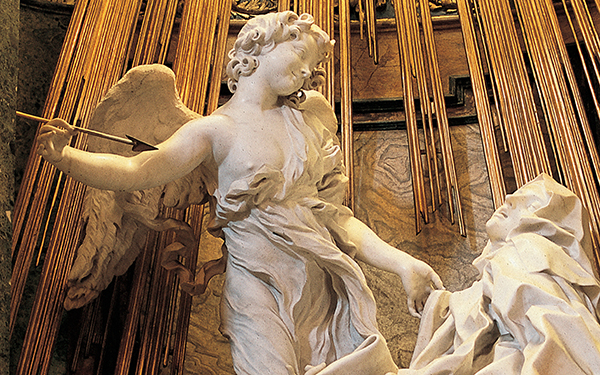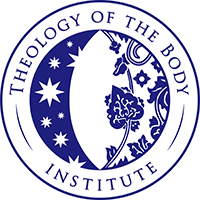

Should Teresa of Avila’s Spirituality Be Held Out as a Model for All?
Should Teresa of Avila’s Spirituality Be Held Out as a Model for All?


Teresa of Avila — next to Mary the Mother of God, she may be the most famous mystic bride in Church history. When Jesus praised the wise virgins (see Mt 25:1-13), through his divine foreknowledge, he must have had Teresa of Avila in mind (after his Mother) as someone at the top of the list.
Teresa’s feast day falls on Oct. 15, and she doesn’t get the attention she deserves. So I thought I’d say just a little bit about her.
The difference, of course, between the wise and the unwise virgins is that the latter “have no oil for their lamps” while the former have plenty. In other words, their lamps are lit on fire! We can see this as a symbol of eros aflame with divine love. Father Raniero Cantalamessa describes these unwise virgins as those who offer the counter-witness of a “cold love.” He compares them to “poor lovers who write to the beloved letters copied from a handbook.” If the affections and desires of the heart connected with eros are “systematically denied or repressed” in the name of celibacy, states Cantalamessa, “the result will be double: either one goes on in a tired way, out of a sense of duty, to defend one’s image, or more or less licit compensations are sought, to the point of the very painful cases that are afflicting the Church.”
Wise virgins do not repress eros. Rather, they allow their eros to become what it truly is: a pure, burning, wild, aching longing for God. Teresa describes her famous experience of ecstasy in union with the Lord, captured masterfully in marble by Bernini’s famous statue outside Rome, as follows:
I saw an angel beside me … so blazing with light that he seemed to be one of the very highest angels, who appear all on fire … I saw in his hands a long spear of gold, and at the end of the iron there seemed to me to be a little fire. This I thought he thrust through my heart several times [so deeply] that it reached my very entrails. As he withdrew it, I thought it brought them with it, and left me all burning with a great love of God. So great was the pain, that it made me moan; and so utter the sweetness … that there was no wanting it to stop, nor is there any contenting the soul with less than God. [The Life of Teresa of Jesus xxix, 16-17.]
Teresa speaks of this agonizing ecstasy as something spiritual, “though the body has a share in it,” she insists, “indeed, a great share.” It is a “caressing of love so sweet,” she says, “that if anyone thinks I am lying I beseech God, in his goodness, to give him the same experience.” And it is an experience that God wants to share with all of us, in some fashion anyway. While it may be true that relatively few experience this level of divine ecstasy in this life, something like this (and far beyond) is destined to be ours for eternity – if we say “yes” to God’s marriage proposal, that is.
Lest we think seeking such depths of intimacy with the Lord is meant only for a few, in his pastoral plan for the new millennium, John Paul II said we have a duty to show the world how deep the relationship with Christ can go, holding out the path to the heights of mystical union as something every Christian should be growing toward. This journey passes through many painful purifications, he said, but if we embrace these purifications, it leads “to the ineffable joy experienced by the mystics as nuptial union.” And he mentioned Teresa of Avila by name as an example to be held out for all.
Saint Teresa of Avila, pray for us!

TOB Institute Store features a special 8.5″x11″ print of Teresa’s Ecstasy painted by Thomas West. Order here.



